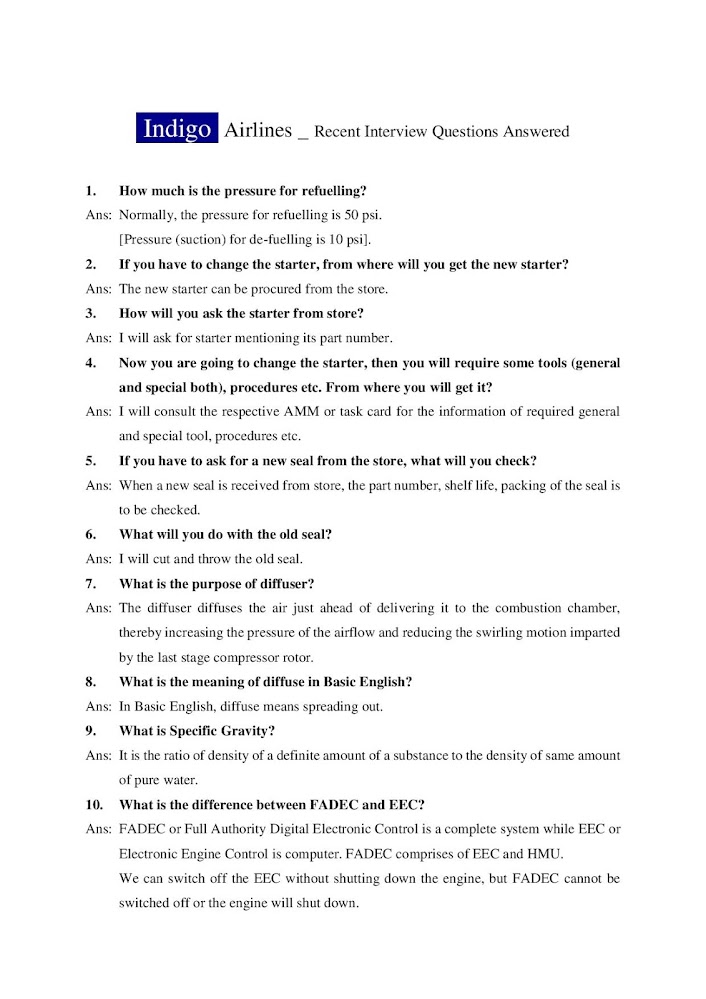Resume tips for Aircraft Technician.

' Resume' is a reflection of your personality and attitude. 1.Resume should not be more than two pages. Human resources department don't have enough time to look at your huge menu cards , so make it simple. 2. You should not write on the heading as resume or curriculum vitae . Instead of that write your full name in bold. 3.Highlight your educational achievements as per company requirement. e.g. Passed paper 1 & 2. 3. On the Second page, at the bottom, there should be your personal information. Following information should be there : Your full name Email id Date of Birth Permanent address. Contact number and alternate contact number. Aadhar card and passport number . 4.Photo should be there in the first page. 5.Resume should be updated regularly . 6.Font size should be between 11 to 14 clearly . Do not use cursive font. 7.Cover letter should always be address to HR manager . 8. There should be 1...



















